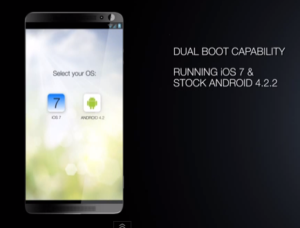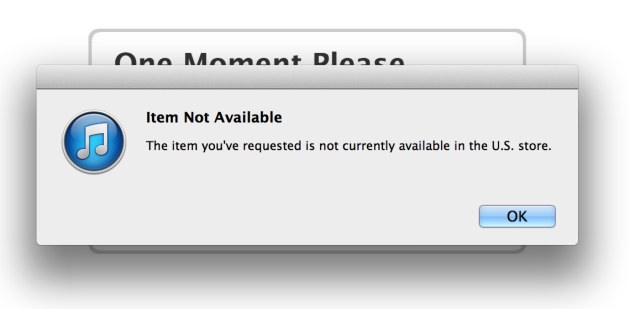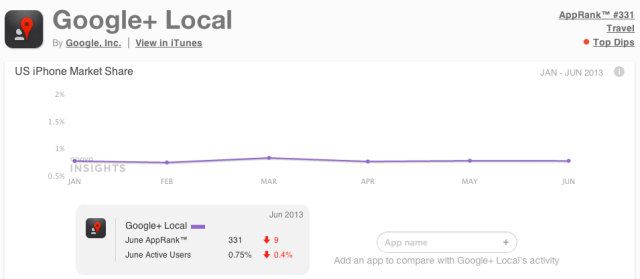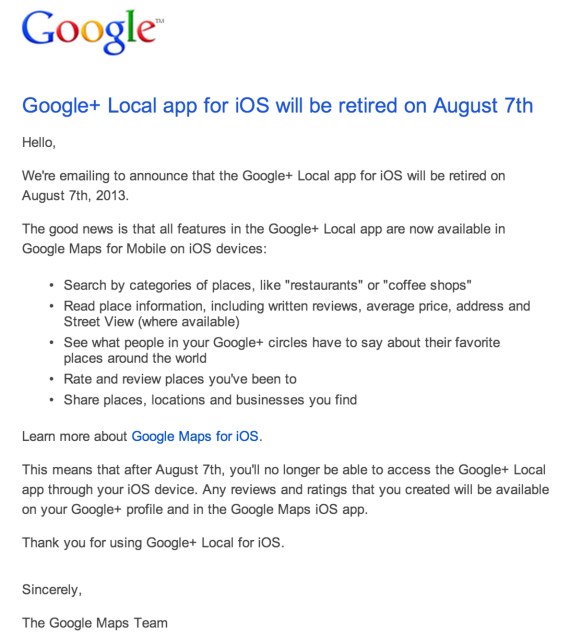Ever
since the Google Maps application got separated from iOS and started life as a
standalone app on the App Store, it has only been available on the iPhone with
iPad users having to rely on Apple Maps for navigation. The latest update,
however, fixes that and Google Maps is now available on the iPad as well. The
iPad version makes good use of that big beautiful canvas and hides all the
controls and just keeps the search bar in the top left corner. The UI is
similar to the one on the new web version and the Android app. Additional
options are hidden in a drawer on the left, accessed by tapping a button on the
top left. Other changes in this update include:

●
Enhanced navigation including live traffic updates and incident reports
● Explore: A new way to browse and discover popular local places to eat, drink,
shop, play and sleep
● Simple 5-star ratings and reviews from friends, plus expert Zagat content
● Great deals from your favorite brands with Google Offers
● Indoor maps with walking directions for malls, transit stations, airports and
more
The
update is now available for download from the App Store.
Improved discoverability of places is one feature that Google’s been
trumpeting in this update. A new Explore feature lets you quickly search for
specific types of locations; tap in the search field, and then tap on the
Explore card to bring up options for Eat, Drink, Shop, Play, and Sleep. Each of
those is divided into a number of sub-categories—so, for example, under Eat,
you’ll find restaurants, fast food, bakeries, ice cream, and so on. Tapping on
any of the categories will then show you cards—Google’s big on cards—for the
sub-categories, each with nearby places that fit the bill; you can tap ‘View’
all for a full list of those types of places.
The new
Explore feature lets you find nearby locations in a variety of categories and
sub-categories.
In another improvement, Google has standardized its review process, so
that each location now has a simple rating of one to five stars, alongside
content that Google pulls in from Zagat. The company’s also integrated Google
Offers, which provides deals and bargains from certain brands, though I haven’t
yet encountered any.
Google’s also changed up the list of quick-access shortcut icons it
offers: It now lets you search, by default, for grocery stores, pharmacies,
banks, and gas stations instead of restaurants, bars, and so on, which are now
covered by Explore. (A much longer list is still accessible, though I wish
they’d make the first slots more customizable).
As per
iOS 6's own Maps, Google Maps will now show you live construction alerts and
traffic incidents.
Lest you think that mapping has fallen by the wayside here, there are a
couple of nice enhancements to navigation. For one, Google Maps now includes a
bicycle layer that shows you biking paths in your area, highlighted in green,
and offers turn-by-turn bicycling directions. And, in a rare bit of catching up
with Apple Maps, there are now live listings of traffic incidents and
construction—tapping on one will give you details.
Perhaps the niftiest new feature—on a scale of one-to-nifty—is Google
Maps’s new indoors mapping feature. No longer do you have to wander around your
local mall or an unfamiliar airport, trying to figure out where a particular
shop or restaurant is located: Google Maps has that information baked right
in—if you zoom in far enough, you can even toggle between multiple floors.
However, some of this info is spotty right now—one of my local malls showed
only an incomplete floor plan.
Indoor
mapping means never again having to wander around until you find a Directory
kiosk in your local mall.
While the iOS version of Google Maps for the most part maintains parity
with its Android counterpart, there is one notable omission in the iOS edition:
On Google’s own platform, Maps will automatically route around traffic
problems. That’s not available in the current update for iOS, but Google has
intimated that it’s due to come, uh, down the road, if you will.
Just in case iOS-based mapping isn't your bag, you can also check out
the new and improved Google Maps interface on the Web, which the company made
available to all users on Wednesday.



























